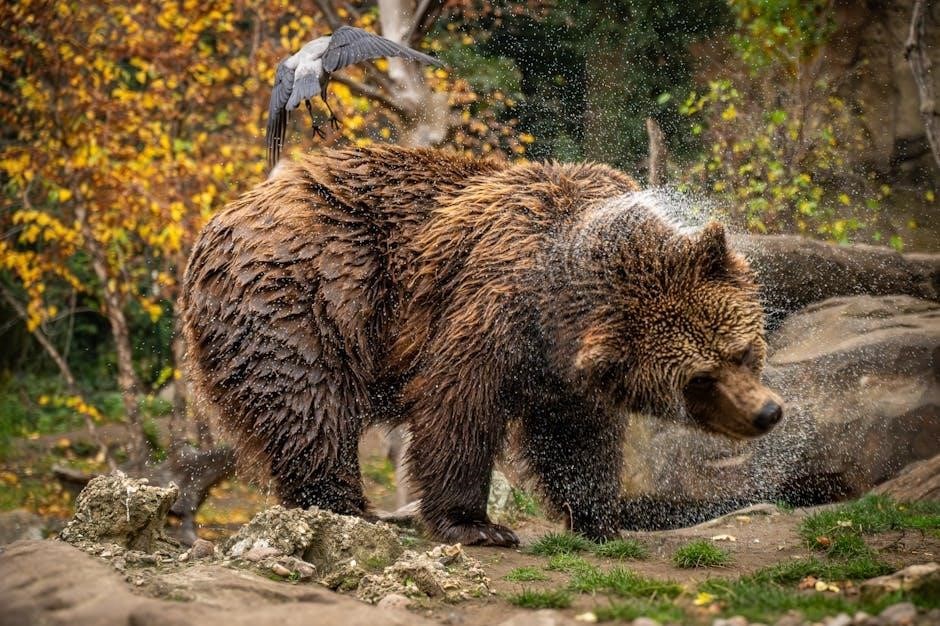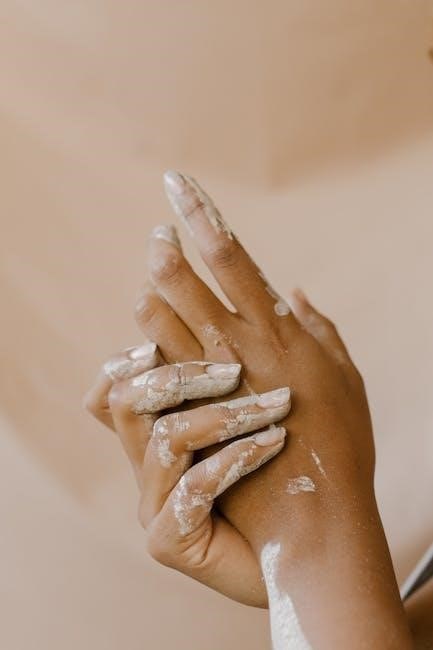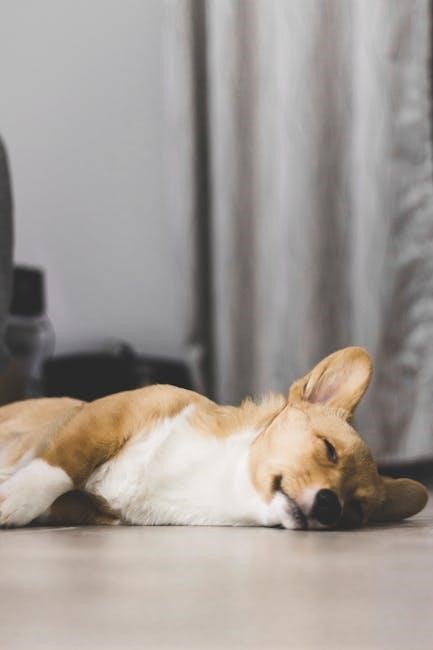Overview of “Going on a Bear Hunt” Printables
“We’re Going on a Bear Hunt” printables offer a treasure trove of resources for preschool learning․ These printable activities enhance storytelling with interactive games, cut-and-paste exercises, sequencing tasks, and vocabulary builders, ensuring an engaging educational experience․
“We’re Going on a Bear Hunt,” penned by Michael Rosen and illustrated by Helen Oxenbury, is a beloved children’s story․ The tale follows a family’s adventurous journey through various terrains in search of a bear․ The rhythmic language and engaging illustrations make it perfect for young children․ This introduction aims to explore printable resources that complement the story, providing interactive and educational activities․
These resources include sequencing exercises, vocabulary builders, and cut-and-paste projects․ These activities reinforce comprehension, enhance vocabulary, and develop fine motor skills․ “We’re Going on a Bear Hunt” printables can transform storytime into an immersive learning experience․
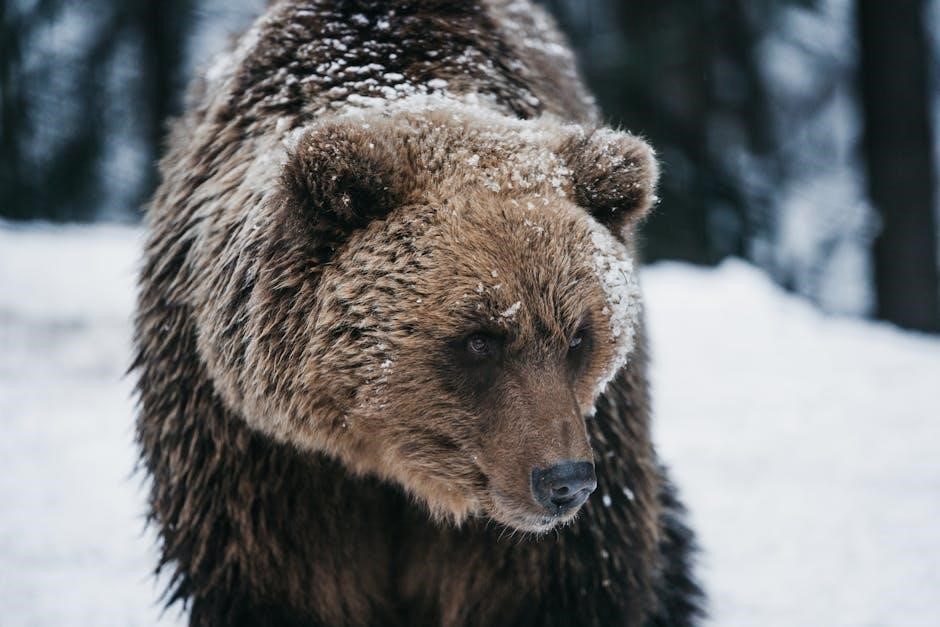
Printable Activities for Preschoolers
“We’re Going on a Bear Hunt” printables offer eight learning activities for preschoolers․ These resources support early literacy, sequencing skills, and fine motor development through interactive and engaging exercises based on the beloved story․
Story Sequencing Mini-Book
The “We’re Going on a Bear Hunt” Story Sequencing Mini-book is a fantastic activity for preschoolers․ The main goal is to read the story a few times with your preschool student to familiarize them with the sequence of events․ This mini-book helps strengthen your child’s ability to sequence the story’s different stages․ The sequencing mini-book allows children to visually recall and arrange the key events from the journey, reinforcing their understanding of narrative structure․ This exercise promotes cognitive skills, memory, and comprehension in an engaging and interactive format․ The child will cut the pages of the mini-book and then put the pages in the correct order․
Cut and Paste Activities
“We’re Going on a Bear Hunt” printables frequently include cut and paste activities that are designed to enhance fine motor skills and cognitive abilities․ These activities involve children cutting out different elements related to the story, such as characters, objects, or scenes, and pasting them onto a designated background or template․ This activity strengthens hand-eye coordination, spatial reasoning, and problem-solving skills as children decide where each piece should be placed to recreate or represent a scene from the story․ These cut and paste exercises offer a hands-on way for children to engage with the narrative, reinforcing their comprehension and creativity․
Vocabulary Builders
“We’re Going on a Bear Hunt” vocabulary builders are designed to expand the descriptive language skills of young learners․ These printable activities typically include word cards featuring key terms from the story, along with corresponding images to aid comprehension․ These cards can be used for matching games, memory exercises, or as visual aids during storytelling sessions․ By associating words with pictures, children can grasp the meaning of new terms more easily, improving their reading and comprehension skills․ The vocabulary builders also encourage children to use these words in their own sentences, fostering language development․
Educational Benefits
“We’re Going on a Bear Hunt” printables offer significant educational benefits, including strengthening sequencing skills, enhancing number recognition, and promoting gross motor skills, thereby providing a well-rounded learning experience for preschoolers․
Strengthening Sequencing Skills
Many “We’re Going on a Bear Hunt” printable sets offer activities that strengthen a child’s ability to sequence events․ A mini-book format encourages children to read the story and arrange scenes in the correct order․ Sequencing cards can also be used to help children recall the correct order of events․
By participating in these sequencing activities, children develop critical thinking and comprehension skills․ These activities help children to understand the narrative structure․ This skill is essential for future reading and writing success․ This will improve their ability to retell stories and understand more complex narratives․
Number Recognition
Printable activities related to “We’re Going on a Bear Hunt” can also promote number recognition skills․ “Where’s the Bear?” games involve hiding a bear under numbered caves․ Children guess the cave, helping them identify numbers up to 20․
These activities make learning numbers fun and interactive․ By associating numbers with a familiar story, children are more engaged․ This will reinforce their understanding of numerical concepts․ This playful method supports early math skills and builds confidence in number identification․ Such skills will be beneficial for future math learning․
Gross Motor Skills
“We’re Going on a Bear Hunt” activities extend beyond the classroom, encouraging gross motor skill development․ Re-enacting the story involves physical movements․ Actions include wading through water, stomping through mud, and running through fields․
These activities promote agility and improve muscle strength․ Children can carry bags, hold torches, and wear boots․ This emulates actions from the story․ These physical activities engage children’s bodies․ They enhance coordination and spatial awareness․ Such movement makes learning fun․ It actively involves children in the narrative․ It helps them understand the story more deeply․
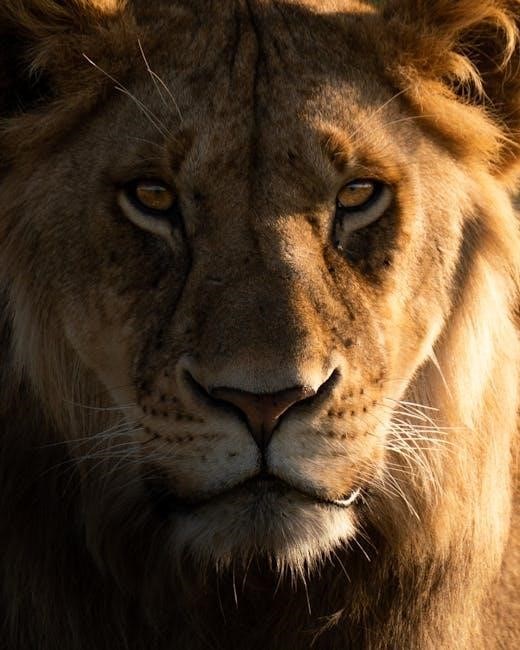
Creative and Fun Activities
“We’re Going on a Bear Hunt” inspires many creative activities, like classroom bear hunts and re-enacting the story․ Stick puppets further encourage imaginative play, enhancing the storytelling experience․
Classroom Bear Hunt
Transform your classroom into an exciting bear-hunting expedition! Before the children arrive, strategically place bear-themed items around the room․ Begin by rereading “We’re Going on a Bear Hunt,” then explain the classroom bear hunt;
The goal is to find the hidden bear items․ For added fun, play children’s music and provide small plastic bags for collecting the discovered items․ Once all items are found, gather the children to discuss their findings, fostering observation and teamwork․
Consider having a student dress up as the bear to give the children a scare as they are looking․ This activity brings the story to life, promoting engagement and imaginative play․
Re-enacting the Story
Bring “We’re Going on a Bear Hunt” to life by re-enacting it with your children․ Before starting, ensure they know all the actions associated with each part of the journey․ Watch Michael Rosen’s spirited interpretation on YouTube for inspiration․
Once familiar with the actions, embark on your own bear hunt through the classroom, mimicking each scene from the book․ Encourage children to use their bodies and voices to represent the swishy grass, the splashy river, and other obstacles․
This activity enhances their understanding of the story and promotes gross motor skills․ To further enhance the experience, provide props like boots and bags for a memorable storytelling event․
Stick Puppets
Create “We’re Going on a Bear Hunt” stick puppets for an interactive storytelling experience․ Print and cut out character images from available printable resources․ Attach each character to a craft stick to make a puppet․
As you read the story, children can hold up the corresponding puppet․ Encourage them to act out scenes and dialogue using the puppets, promoting language development․
Stick puppets enhance imaginative play and comprehension․ Children can recreate the bear hunt with these puppets or make up their own adventures․ This activity is perfect for both classroom and home settings, fostering creativity and storytelling skills․
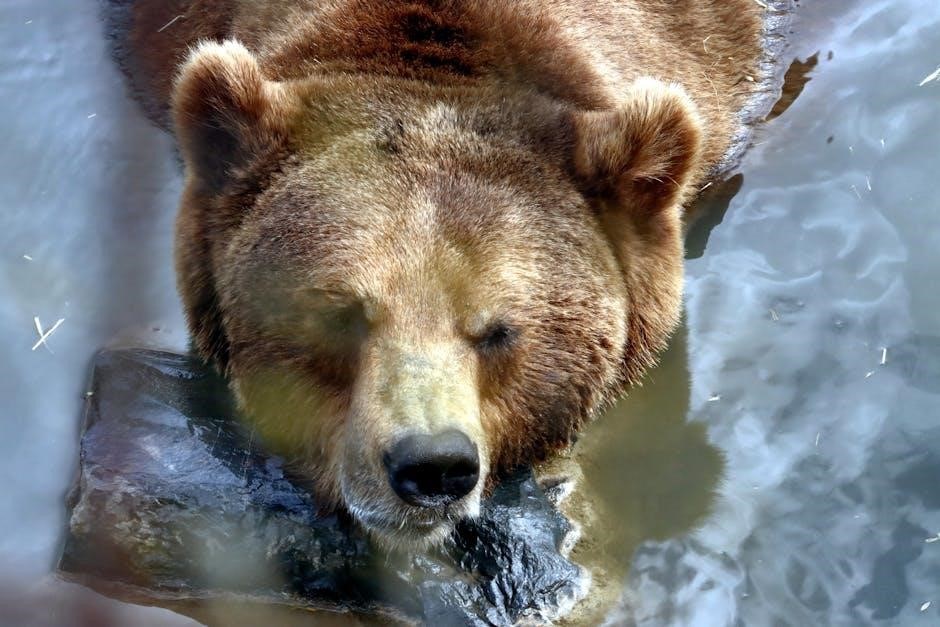
Additional Resources
Enhance your “Bear Hunt” experience with supplementary materials․ Find word cards to expand vocabulary and sequencing cards to reinforce comprehension․ These resources support learning and add extra fun to the story․
Word Cards
“We’re Going on a Bear Hunt” word cards are valuable tools for expanding vocabulary related to the story․ These cards feature key terms from the book, such as “grass,” “river,” “mud,” “forest,” “snowstorm,” and “cave․” They aid in language development, helping children recognize and understand new words within the context of the narrative․
These cards can be used in various activities, from simple matching games to sentence-building exercises․ They encourage children to connect words with corresponding images, improving reading comprehension and verbal skills․ The word cards are also helpful for reinforcing spelling and pronunciation, making learning fun and interactive․ Incorporating these cards into your “Bear Hunt” activities will significantly enrich your child’s literary experience and boost their language proficiency․
Sequencing Cards
“We’re Going on a Bear Hunt” sequencing cards are excellent for developing narrative skills in young children․ These cards depict key scenes from the story, allowing children to arrange them in the correct order, reinforcing their understanding of the plot․ By sequencing the events, kids strengthen their logical thinking and comprehension abilities․
These cards can be used in several engaging ways․ Start by reading the story together, then ask your child to arrange the cards to retell the adventure․ This activity encourages memory recall and promotes a deeper connection with the narrative․ Sequencing cards also enhance visual literacy, as children learn to interpret and connect different images to form a coherent story․ They are a fun and effective way to build essential literacy skills․
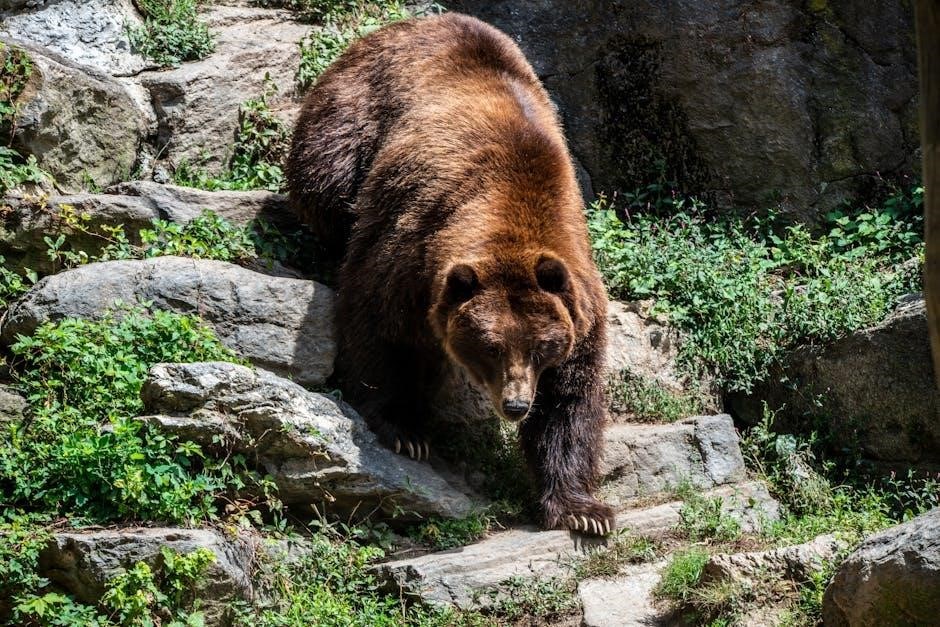
Outdoor Activities
Transform your backyard or local park into a “Bear Hunt” adventure! Use the natural environment to re-enact the story, encouraging gross motor skills and imaginative play, making learning an exciting outdoor experience․
Using the Outdoor Environment for a Bear Hunt
Extend the “We’re Going on a Bear Hunt” story into the great outdoors! Transform your backyard or local park into the story’s settings․ Utilize long wavy grass, create muddy puddles, and find a dark forest area to mimic the book’s journey․ Encourage children to use their senses to explore each environment, just like in the story․
Gather natural materials like sticks and leaves to enhance the experience․ This activity promotes gross motor skills as they navigate the terrain and encourages imaginative play as they re-enact the story․ The outdoor bear hunt offers a multi-sensory learning experience․
